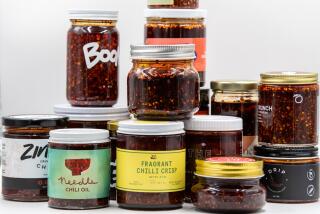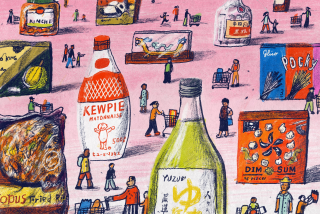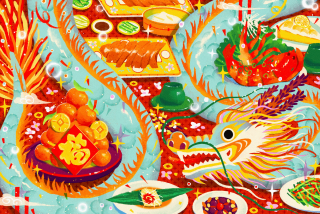A Festive New Year
For just about everyone, New Year’s Day means looking back at the year gone by and looking ahead at the year to come. In Asian communities, however, those reflections take on a particularly special meaning.
In Japan, New Year’s is the biggest holiday, celebrated over a week with food, drink, games and ceremonies meant to guarantee a long and healthy life. In Los Angeles, Japanese-Americans have maintained New Year’s traditions, including eating special holiday food such as mochi (gooey rice cakes), toshi koshi soba (“Passage of the Year Noodles”) and stewed Japanese vegetables, usually with family and close friends.
The New Otani Hotel in Little Tokyo will attempt to simulate the festive atmosphere of Japan with a day of traditional New Year’s activities for the community.
The free event begins at 11 a.m. Friday with an opening ceremony in the third-floor garden of the hotel, 120 S. Los Angeles St. The Nisei Queen and her court will be introduced, followed by a taiko drum show by the Zendeko children’s drummers.
For the Chinese-American community, the real New Year’s fireworks aren’t until Jan. 23, which marks the beginning of the year 4691--the year of the rooster, according to the Chinese calendar. Several events are scheduled for January and February, including Chinatown’s Golden Dragon Parade on Feb. 13. Schedule: (213) 617-0396.
Filipinos and Koreans also celebrate the holiday among family and friends. A traditional New Year’s feast in a Filipino home includes pancit , a lasagna-like pasta, and lechon , roasted pig.
New Year’s Day is “the biggest and most significant holiday in Korea,” said Robert Park of the Korean American Coalition.
An essential element of every Korean New Year’s celebration is eating duk kuk , a thick rice-cake soup. “You don’t become a year older until you’ve eaten your duk kuk on New Year’s Day,” Park said. The source of this tradition? “I think it was a way for mothers to make little kids eat their soup,” he said.
More to Read
Sign up for The Wild
We’ll help you find the best places to hike, bike and run, as well as the perfect silent spots for meditation and yoga.
You may occasionally receive promotional content from the Los Angeles Times.






